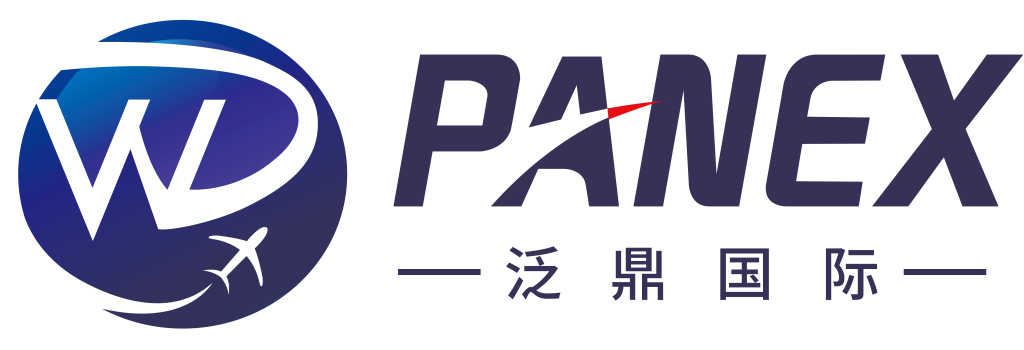As an innovative form of trade, cross-border e-commerce has significantly enhanced convenience for consumers globally. On the export front, key categories include clothing, footwear, bags, jewelry and accessories; digital devices and components; as well as household, office appliances, and their parts. Major import commodities consist of cosmetics and personal care products, food and fresh produce, alongside pharmaceuticals, health products, and medical devices.

China’s “cross-border e-commerce+industrial belt” has achieved remarkable results, and the main consumer markets are also highly related to import destinations. The export goods mainly come from Guangdong, Zhejiang, Fujian, Jiangsu and Henan, and the import destinations are mainly concentrated in Guangdong, Jiangsu, Zhejiang, Shanghai and Shandong.
In the first half of this year, China’s cross-border e-commerce import and export was 1.37 trillion yuan, up 10.3% year-on-year, accounting for 6.3% of China’s total import and export value in the same period, up 0.4 percentage points from the same period last year. Among them, the export was 1.09 trillion yuan, an increase of 11.6%; Imports were 281.18 billion yuan, an increase of 5.5%.
According to preliminary calculation data, in the first three quarters, the import and export of cross-border e-commerce in China was about 2.06 trillion yuan, an increase of 6.4%. Among them, the export is about 1.63 trillion yuan. In recent years, the customs has continuously deepened reforms and introduced a series of innovative measures to help the high-quality development of cross-border e-commerce. The pilot project of “inspection before shipment” was carried out, which promoted cross-border e-commerce retail exports and cross-customs returns, simplified export declaration procedures for enterprises, and actively supported logistics model innovations such as “cross-border e-commerce+China-Europe trains”, which improved logistics efficiency and saved enterprise costs.
We have also optimized the tax payment mode and launched the electronic payment of taxes. Cross-border e-commerce enterprises can complete tax payment online through the new generation of electronic payment system for taxes and fees, so that “data runs more and enterprises run less errands”. We have continuously deepened cooperation and co-governance with cross-border e-commerce enterprises, strengthened information sharing and data docking with enterprises, and embedded customs supervision requirements into the business management process of enterprises, thus realizing “homeopathic supervision”.
In the next step, the General Administration of Customs will strengthen targeted policy propaganda and business training, coordinate and solve the problems encountered by enterprises in customs clearance in a timely manner, continue to optimize the supervision mode of cross-border e-commerce, further enhance the convenience and standardization of cross-border e-commerce enterprises in customs clearance, and help China’s cross-border e-commerce to develop continuously with high quality and standardization.
Image source: General Administration of Customs
Image source: photo network genuine authorization

